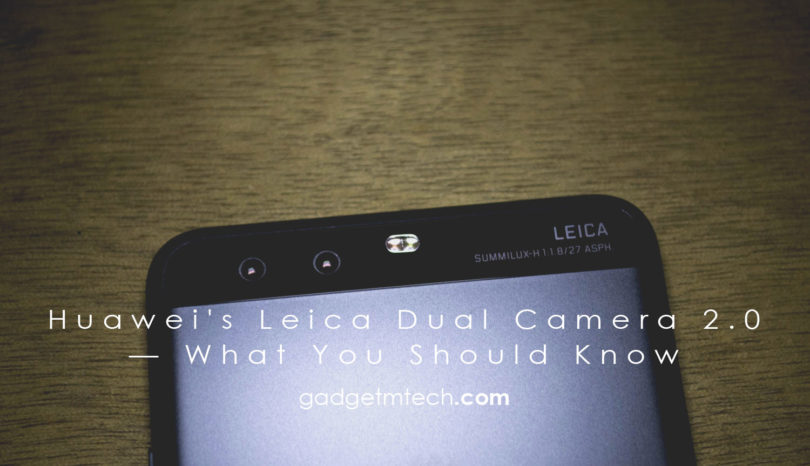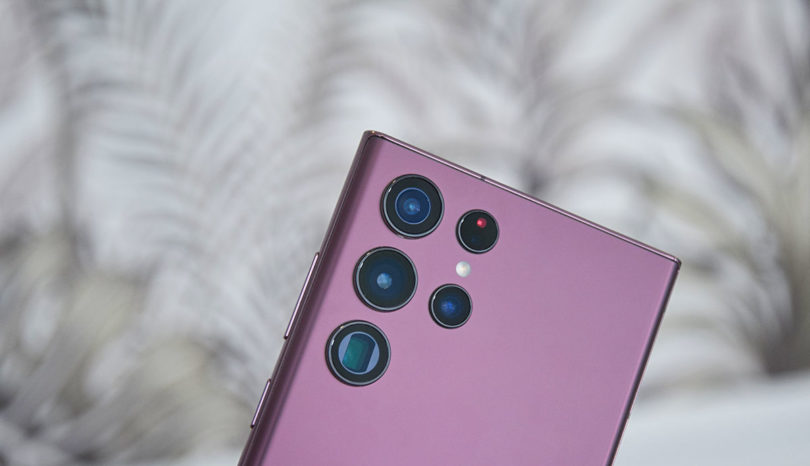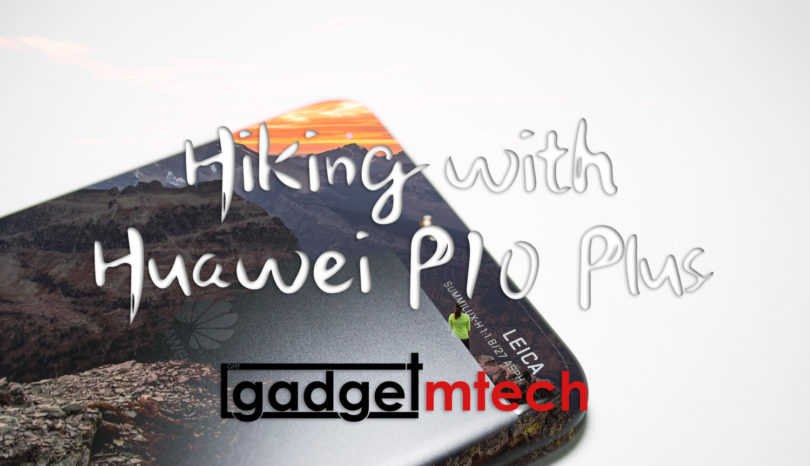Me, being an art and design student, always gets obsessed with good design. Today, we are taking a closer look at the design of Samsung Galaxy Note7, the latest edition in the Galaxy Note series from the Korean giant company.
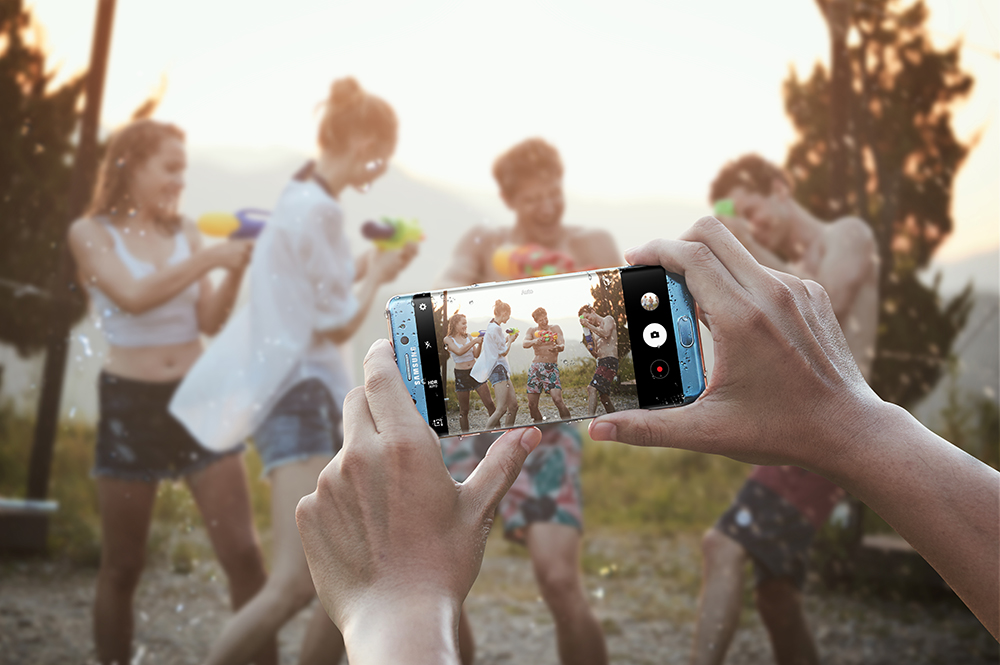
Before starting to design the device, a lot of researches are needed in order to kick start everything. Samsung designers spent a great amount of time outside the studio to examine how users interacted with and used their mobile devices on a daily basis.
For this time, Samsung designers focused on the experience of interacting with the phone’s physical qualities. With the brand new design and refined UX, Samsung really hopes to provide a seamless interaction between the user and the device.
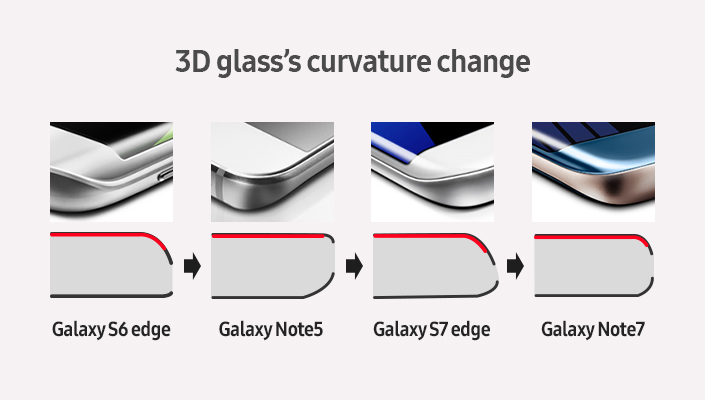
Just like the Galaxy S7 edge, the Galaxy Note7 features a dual-edge display, which is the first in the Galaxy Note series. Including a dual-edge display isn’t an easy task as the company had to find a way to maintain a flat screen surface for writing, while also ensuring enough space for storing the S Pen.
If you look at the dual-edge display on the Galaxy S6 edge/S7 edge as shown above, you’ll notice that the Galaxy Note7 has steeper curves with a tighter radius at the very outer edges of the glass so not a single millimeter of writing space would be wasted.
Both the front and back of the Galaxy Note7 have the same radius to the device’s edges, a different approach than the one used on the Galaxy Note5.
Additionally, the glass and metal parts of the phone were fused together, which means there are no edges or unnecessary surface protrusions between the different materials. The camera protrusion was also greatly minimized, making the device even easier on the eyes and smoother to the touch. These changes provide a more natural feel in the hand.
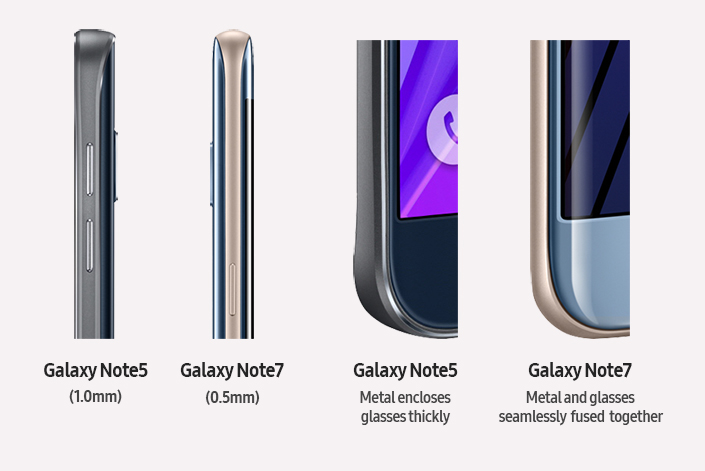
Despite having the same 5.7-inch display as the Galaxy Note5, the Galaxy Note7 is now more compact with a bezel less than half the size of the Galaxy Note5. Not to forget that the device has the iris camera and IR LED sensor as well.
The Galaxy Note7’s touch sensor is directly printed on the display panel. It is also lighter than its predecessor, in spite of its larger battery.
For the first time, Samsung decided to create a separate color for the phone’s metallic frame. The resulting color combination is both stunning and calming in the three color variants available—Black Onyx, Gold Platinum and Silver Titanium. As a bonus, interactive wallpapers that complement each color have been added.
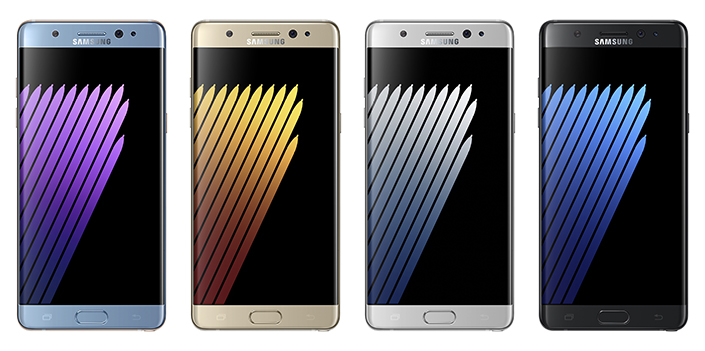
Built by Aluminum 7000 Series metal, the Galaxy Note7 is 1.3 times stronger and 1.2 times more scratch resistant than the metal used on the Galaxy S7. The device uses Corning Gorilla Glass 5 for its front and back, which has an extremely high resistance to scratches and damages.
To be honest, I don’t really expect the Galaxy Note7 to be IP68 certified. That’s been said, the entire phone (including the S Pen) is water and dust resistant, which is now further protected from spills, and can be used in wet environments — even underwater.
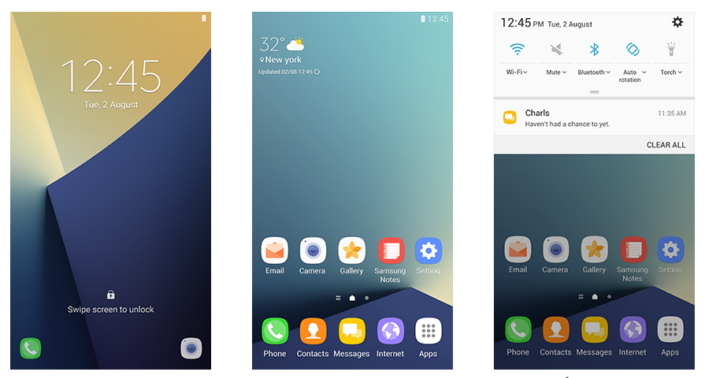
It’s true that Samsung isn’t good when it comes to software. The Galaxy Note7 is running on Android 6.0 Marshmallow with refined user experience on top of it.
Simple is the new beauty, the colors, shapes and overall design of the graphical user interface were simplified. Samsung also made the icons uniformly rounded to enhance consistency, while simultaneously softening their colors.
The Settings and Quick Panel menus now look much simpler with white background. The menu trees and categories have been simplified so that tasks can be completed in less steps, with fewer taps.
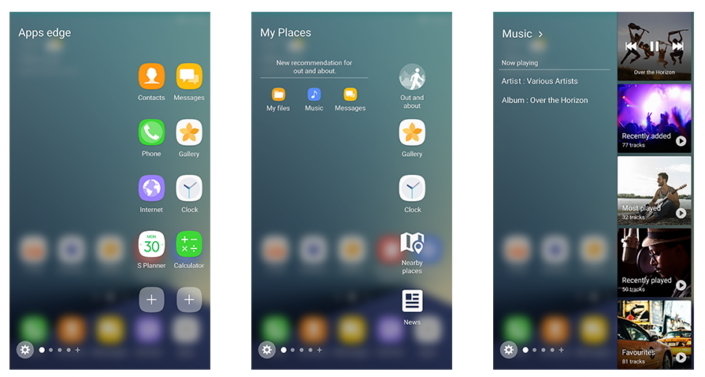
Finally, Samsung also added more Task edge features. Users can now do even more, such as record an exercise in S Health, create a drawing or view unread emails from the edge of their device.
A good design came from good researches, it seems that Samsung really upping the game by pushing the boundaries of design. In case you missed it, Samsung Malaysia recently announced that the Galaxy Note7 Malaysia launch will be delayed as the company is experiencing a global supply constraint in meeting the demands of market launches.


